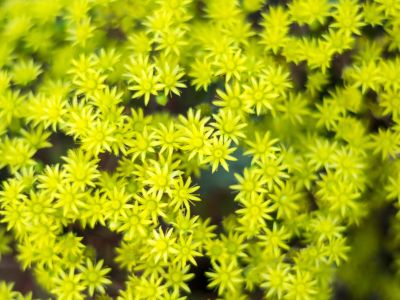How to Grow Sedum
When growing sedum, keep in mind that sedum plants need very little attention or care. They will thrive in conditions that many other plants thrive in, but will do just as well in less hospitable areas. They are ideal for that part of your yard that gets too much sun or too little water to grow anything else. A common name for sedum is stonecrop, due to the fact that many gardeners joke that only stones need less care and live longer. Sedum varieties vary in height. The smallest are just a few inches (8 cm.) tall, and the tallest can be up to 3 feet (1 m.). The large majority of sedum varieties are shorter and sedums are frequently used as ground covers in xeriscape gardens or rock gardens. Sedum varieties also vary in their hardiness. Many are hardy to USDA zone 3, while others need a warmer climate. Make sure the sedum that you plant is suited to your hardiness zone. Sedums need no additional water or fertilizer. Overwatering and overfertilizing can hurt the plants far worse than not watering or fertilizing.
Tips for Planting Sedums
Sedum is easily planted. For shorter varieties, simply laying the sedum on the ground where you want it to grow is normally enough to get the sedum plant started there. They will send out roots from wherever the stem is touching the ground and root itself. If you would like to further ensure that the plant will start there, you can add a very thin covering of soil over the plant. For taller sedum varieties, you can break off one of the stems and push it into the ground where you would like to grow it. The stem will root very easily and a new plant will be established in a season or two.
Popular Sedum Varieties
Autumn Joy Dragon’s Blood Purple Emperor Autumn Fire Black Jack Spurium Tricolor Bronze Carpet Baby Tears Brilliant Coral Carpet Red Creeping Jaws Mr. Goodbud
